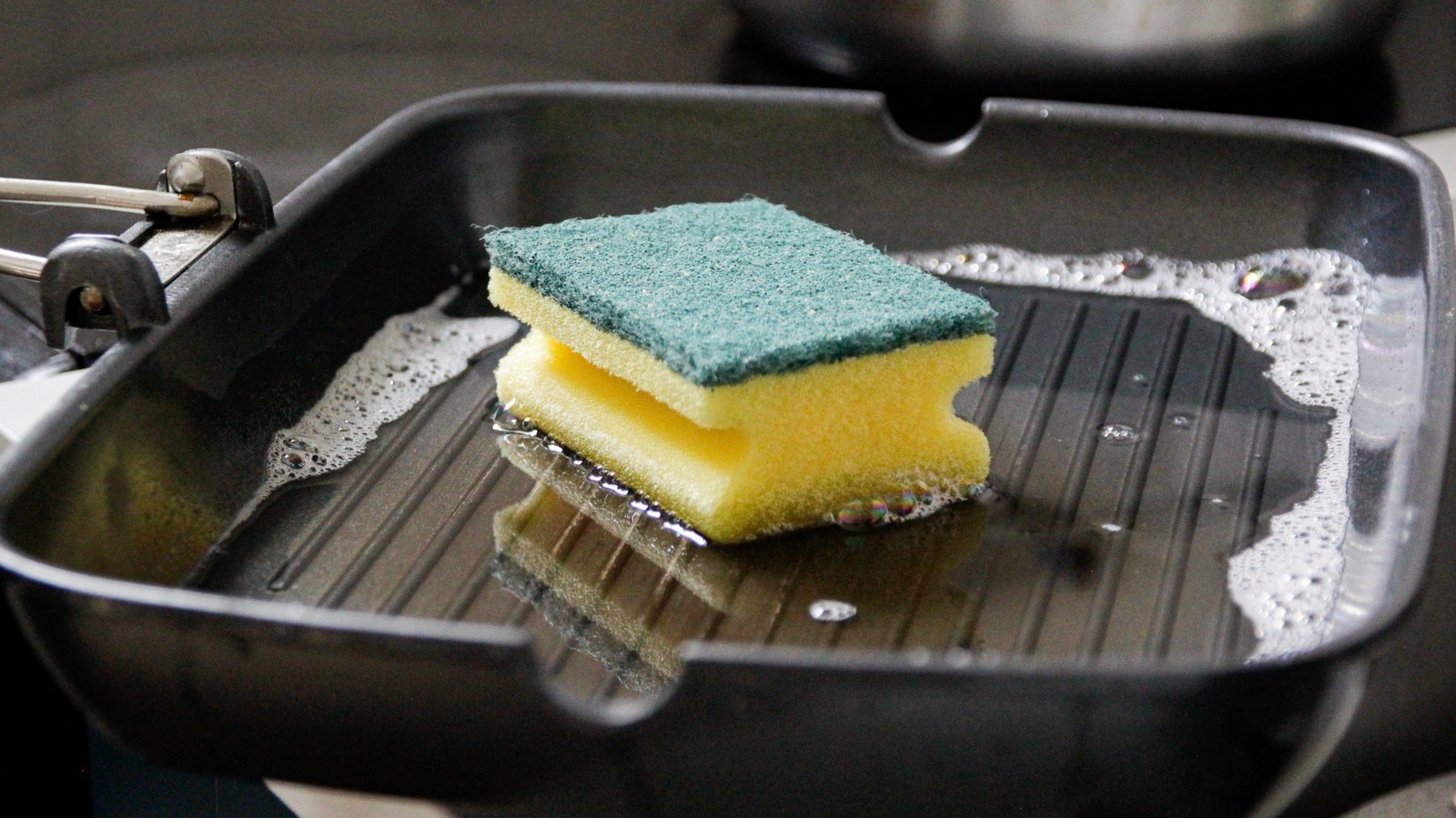
"When your sponge becomes so dirty and full of bacteria that it's potentially dangerous, consider repurposing it by cutting off a corner. This helps you distinguish an everyday utility sponge from one used for dishes. Store your clipped sponges away from the kitchen sink, separate from the sponge you use to wash dishes. That way you won't be tempted to grab it by accident, nor will anyone else."
"In an ideal world, you would use a sponge once for whatever task and then throw it away. But that is horribly impractical environmentally and financially. You should be able to get at least a week's worth of use out of any sponge just doing dishes, but that doesn't have to be the end of it. After using your sponge for a week or so, just cut off one corner so you can tell at a glance that it's a week old."
Kitchen sponges can hold extraordinarily large numbers of bacteria, with studies estimating up to 54 billion bacteria per cubic centimeter, translating to trillions in a typical sponge. When a sponge becomes heavily contaminated, cutting off a corner creates an obvious visual cue that differentiates a utility sponge from a dish sponge. Store clipped sponges away from the sink and from dish sponges to avoid accidental cross-use. A reasonable routine is to use a sponge for dishes for about a week, then cut a corner and repurpose it for non-food surfaces like stovetops or floors. Many people keep sponges far longer than recommended.
Read at Tasting Table
Unable to calculate read time
Collection
[
|
...
]